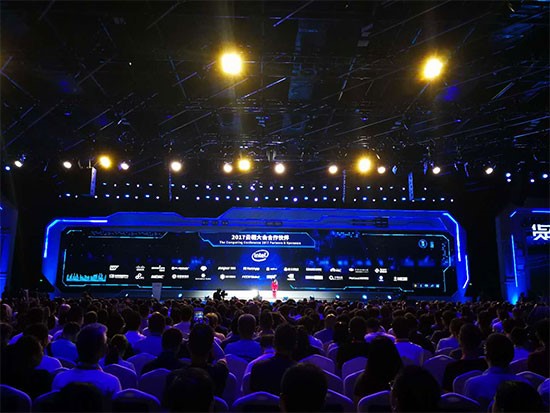
China’s efforts on IP protection visualizes bright future for foreign companies

Not long ago, the US chipmaker Qualcomm Inc set up a joint venture with an initial 1.85 billion yuan (280 million U.S.dollars), in Guizhou Province in southwest China, partnering with the provincial government for the design, development and sale of advanced server chipset technology.
Now its Senior Vice-president Mark Snyder, has remarked, “We have seen China’s determination to protect intellectual property after its implementation of national intellectual property strategy,” and the tech giant and local government have agreed to set up a holding company in the province to manage investment in the Chinese market.
The deal is actually the result of some major moves by China to increase intellectual property protections following the 18th National Congress of the Communist Party of China (CPC ).
The State Council’s legislative affairs office issued a notice in December 2015 soliciting public opinion on a proposal to halt intellectual property theft by punishing it with mandatory compensation, increasing the amount of compensation, strengthening law enforcement, and additional administrative penalties.
Then, the State Intellectual Property Office, published a guideline about a year later, with 33 specific proposals for intellectual property protection, such as increased efforts at cracking down of patent infringements and making patent protections more efficient and more vigorous.
Greater intellectual property protections can support China’s economic restructuring and improvements to lay a solid foundation for creation and a favorable business environment and open economy.
In relation to this, China recently came in at the 22nd place on the World Intellectual Property Organization’s Global Innovation Index 2017, , up 13 spots from 4 years ago. According to the index, China also ranked 1st among all middle-income economies.
In the first eight months of 2017, there were 20,389 new foreign-invested enterprises established in China, an increase of 10% year on year.
By Jiang Jianke from People’s Daily







